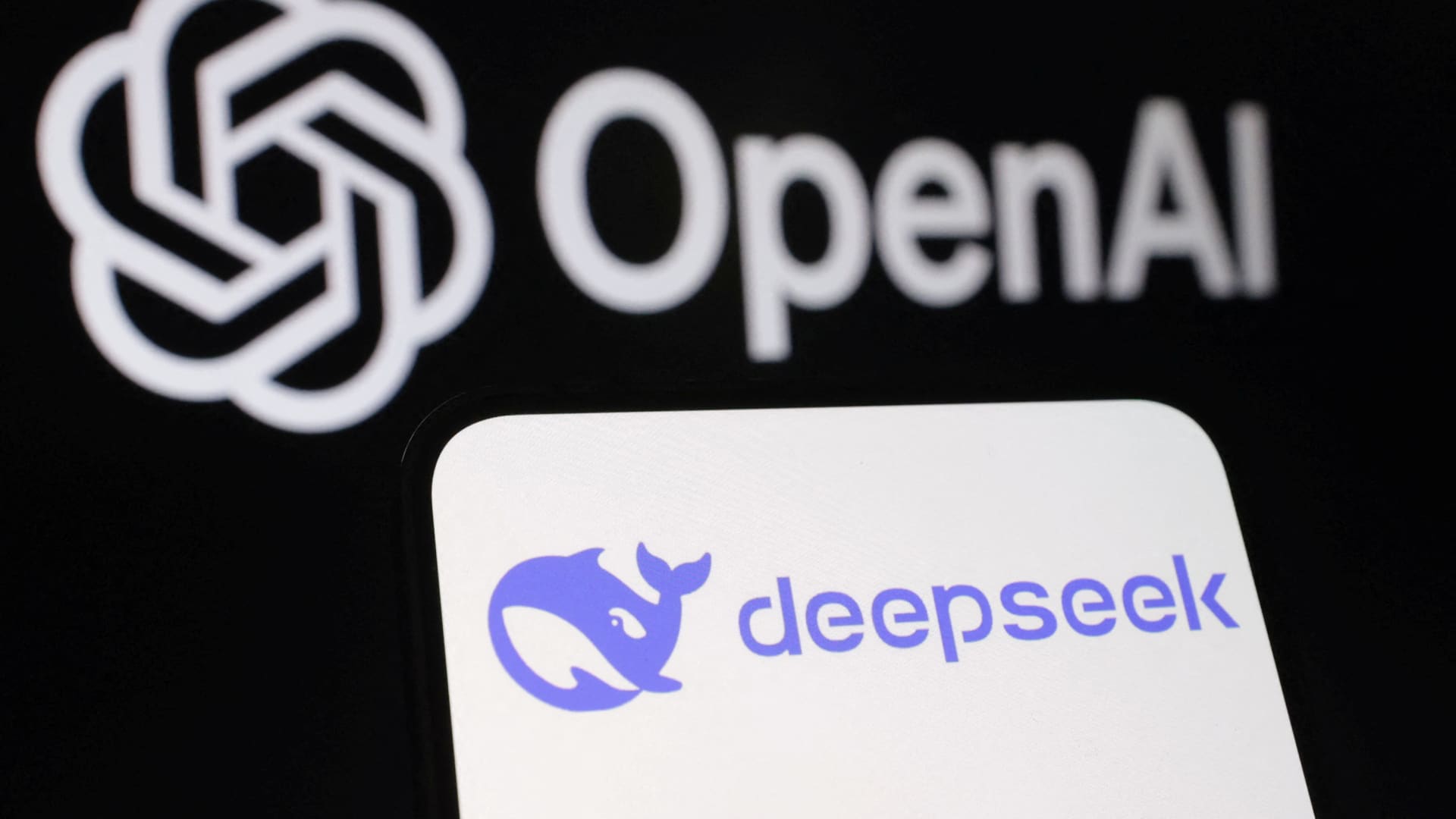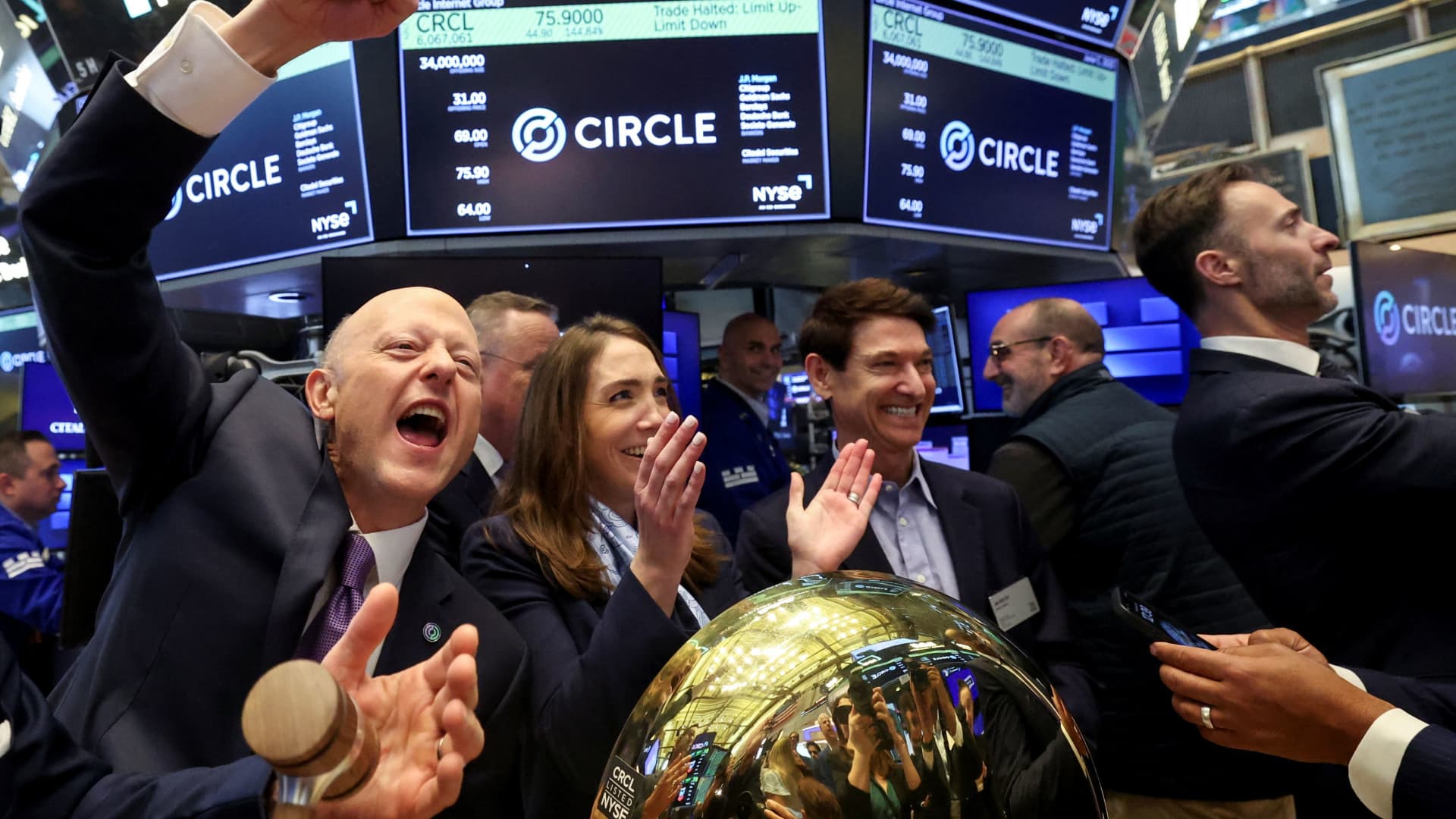A young Chinese AI startup DeepSeek sparked a massive rout in U.S. technology stocks on Monday as its highly competitive — and potentially shockingly cost-effective — models stoked doubts about the hundreds of billions that America’s biggest companies are spending on artificial intelligence.
DeepSeek’s emergence is shaking up investor confidence in the AI story that has been lifting the U.S. bull market the past two years. It calls into question the hype around Nvidia’s chips and rippled all the way through the market to hit shares of power producers who were set to get a boost from AI data center demand.
Here’s how the DeepSeek-triggered market sell-off on Wall Street unfolded:
New Reasoning Model
DeepSeek was founded in May 2023 by Liang Wenfeng, who partly funded the company by his AI-powered hedge fund. In late December, the AI developer launched a free, open-source large language model that it says took only two months to develop and less than $6 million to build.
On Jan. 20, the Hangzhou, China-based DeepSeek released R1, a reasoning model that outperformed Open AI’s latest o1 in many third-party tests.
DeepSeek is seeking to differentiate from its competitors with its reasoning capabilities, meaning that before delivering the final answer, the model first generates a “chain of thought” to enhance the accuracy of its responses.
Top-performing Model
The buzz around DeepSeek’s R1 seemingly picked up steam after Alexandr Wang, CEO of ScaleAI, touted its competitiveness against the best products from the U.S. megacap tech giants, which most had thought were leading the AI war.
“What we found is that deep seek, which is the leading Chinese AI Lab, their model, is actually the top performing, or roughly on par with the best American models,” Wang, whose company provides data to help companies train their AI tools, said on CNBC from the World Economic Forum in Davos, Switzerland last week.
Wang noted that DeepSeek actually has more H100 chips from Nvidia than expected — about 50,000 of them. Those chips are the processor of choice for AI firms in the U.S. such as OpenAI and the U.S. has banned the sale of advanced AI chips to China.
Nvidia shares took a 3% hit on Friday as chatter about DeepSeek started to pick up.
No.1 App
But it wasn’t until the past weekend when the hype surrounding DeepSeek reached a fever pitch on social media.
Marc Andreessen, co-founder and general partner of venture capital firm Andreessen Horowitz, sang DeepSeek’s praises on X, saying the R1 model is “one of the most amazing and impressive breakthroughs” he’s ever seen. Andreessen’s portfolio includes Airbnb and dozens of AI companies.
Tech investor Chamath Palihapitiya on X pointed to DeepSeek’s “very good” report, which said its R1 model “essentially cracked one of the holy grails of AI: getting models to reason step-by-step without relying on massive supervised datasets.”

 Blog Post1 week ago
Blog Post1 week ago
 Economics1 week ago
Economics1 week ago
 Finance1 week ago
Finance1 week ago
 Economics1 week ago
Economics1 week ago
 Economics1 week ago
Economics1 week ago
 Personal Finance1 week ago
Personal Finance1 week ago
 Accounting1 week ago
Accounting1 week ago
 Economics1 week ago
Economics1 week ago










